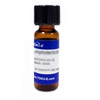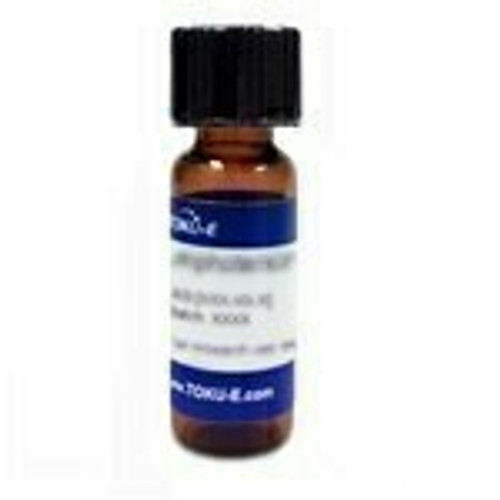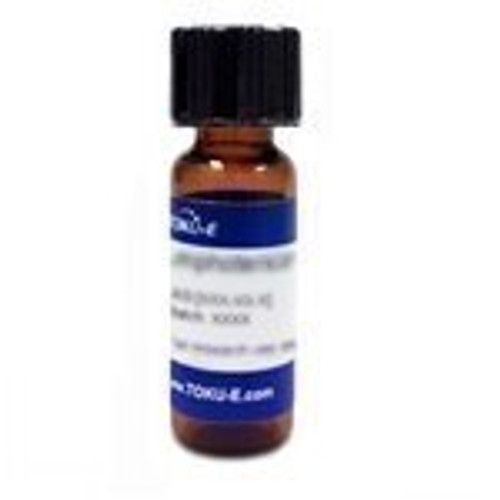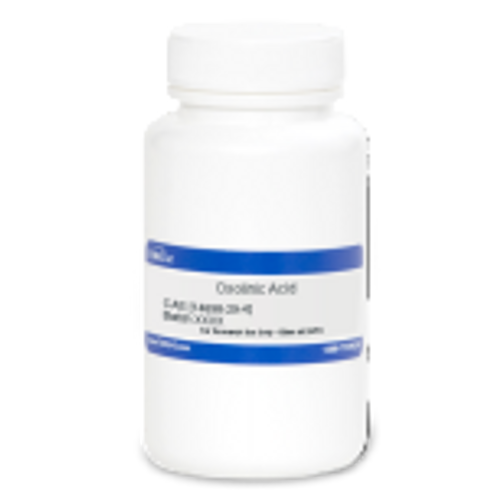Zaragozic Acid A is the major metabolite of a class of unusual bicyclic tricarboxylic acids, produced by a number of fungi in the genera Curvularia, Exserohilum, Setosphaeria and others, discovered at Merck and Glaxo in the early 1990s. Zaragozic Acid A is presented as the free acid rather than the tri-sodium salt to avoid stability problems associated with hydrolysis of the salt.
Zaragozic acids are natural products, the first ones being characterized were Zaragozic Acid A, B and C from fungal cultures of an unidentified culture, Sporormiella intermedia, and Leptodontium elatius respectively.
The Zaragozic acids are characterized by a novel 2,8-dioxobicyclo[3.2.1]octane-4,6,7- trihydroxyl-3,4,5-tricarboxylic acid core and differ from each other in the structures of the 6-acyl and 1-alkyl side chains.
Zaragozic Acid A is soluble in ethanol, methanol, DMF and DMSO. It has moderate water solubility.
| Mechanism of Action | Zaragozic Acid A is an inhibitor of squalene synthase, an enzyme involved in sterol biosynthesis. Squalene synthase is the first enzyme involved in sterol synthesis, catalyzing the reductive condensation of farnesyl pyrophosphate to form squalene. |
| Eukaryotic Cell Culture Applications | Zaragozic acids inhibited cholesterol synthesis in Hep G2 cells. |
| References |
Bergstrom J.D. et al (1993) The Zaragozic acids. A family of fungal metabolites that are picomolar competitive inhibitors of squalene synthase. Proc. Nat. Acad. Sci. 90(1):80-84 Nadin A and Nicolaou KC (1996) Chemistry and biology of the Zaragozic Acids (Squalestatins). Journal # 35 (15):1622-1656 |








